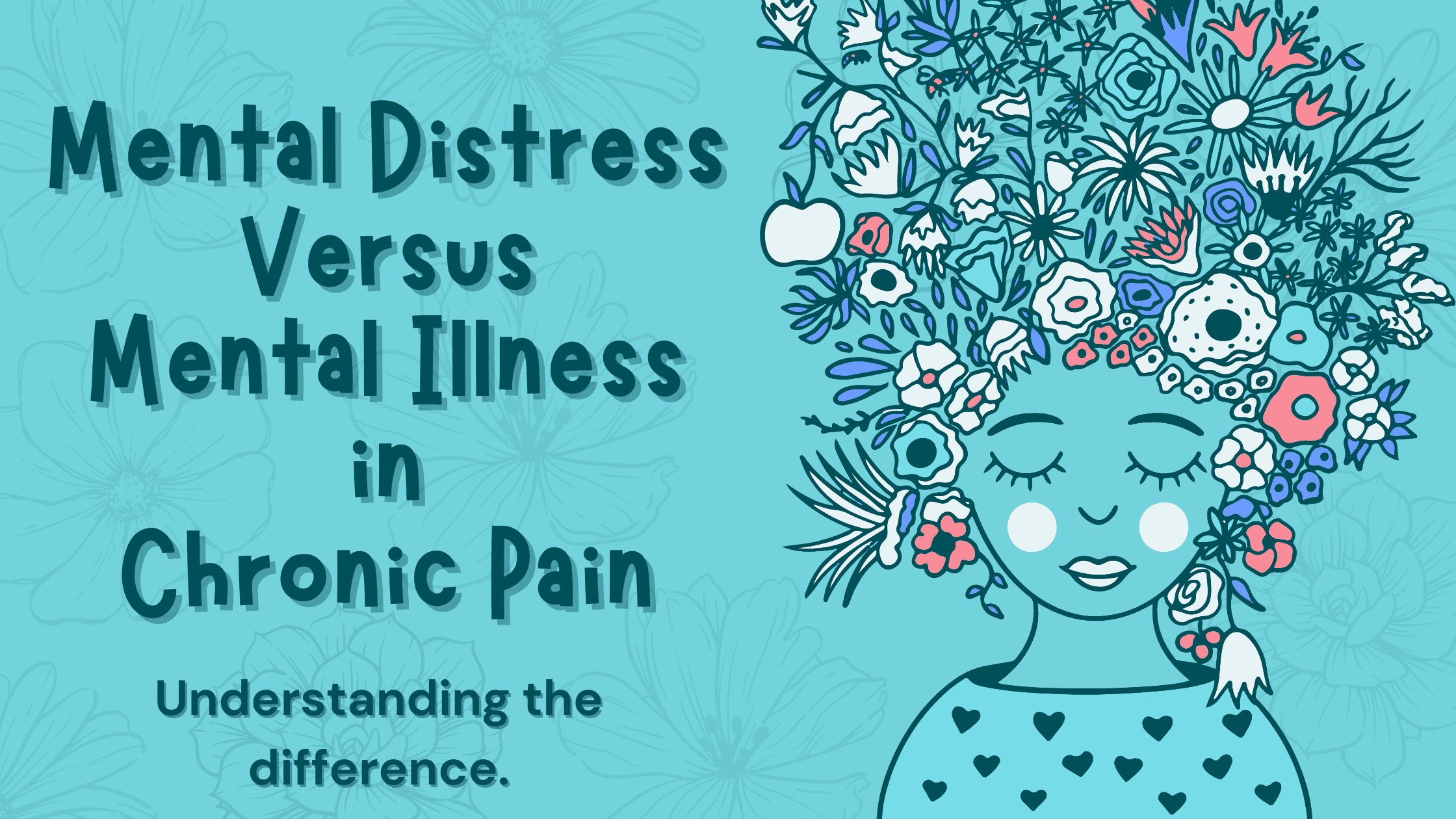Chronic musculoskeletal conditions such as osteoarthritis, rheumatoid arthritis, neck and back pain are the main cause of disability among working adults. Although no clear pathology is found in most cases, 2016 data shows low back pain as the fifth leading cause – after ischemic heart disease, lung cancer, COPD, and diabetes – of years lost due to ill-health, disability, or early death (1).
Current guidelines encourage active treatments that address psychosocial factors and focus on improving function through self-management, physical and psychological therapies, and some forms of complementary medicine (2). Still, current treatments for musculoskeletal disorders are often ineffective. A recent review published in The Lancet warns that “… globally, gaps between evidence and practice exist, with limited use of recommended first-line treatments and inappropriately high use of imaging, rest, opioids, spinal injections, and surgery” (3).
The failure of invasive approaches and the health risks of long-term use of analgesic drugs make it evident the need for alternative, safer strategies for the management of persistent musculoskeletal conditions. In fact, the evidence shows that if not adequately managed, these are often the gateway to other health problems.

Chronic Musculoskeletal Pain: Why Self-Management?
While manual therapy, massage, exercise
Within a self-management approach, physical therapists can apply principles of cognitive behavioral therapy, shared de- cision making, acceptance and commit- ment therapy, mindfulness, motivational interviewing, and pain education.
Taking control. Self-management is defined as “the ability to manage the symptoms, treatment, physical and psychosocial consequences, and lifestyle changes inherent in living with a chronic condition.” (6)
Accordingly, self-management strategies “aim to equip patients with skills to actively participate and take responsibility in the management of their chronic condition in order to function optimally.” (7)
These skills include the day-to-day management of:
- Medical treatment
- Symptoms (e.g. pain, fatigue, anxiety, depression, sleep problems, etc.)
- Physical, emotional and social consequences
- Nutrition
- Lifestyle and behavior change
Practical Tips for Physical Therapists to Incorporate Self-Management
In a recent viewpoint article published in the Journal of Orthopaedic & Sports Physical Therapy, researchers in the Netherlands and Australia discuss how physical therapists can help define self-managing strategies for persistent musculoskeletal conditions (8).
The authors argue that “physical therapists should use customized self-management support, targeting biomechanical, psychosocial, and individual characteristics in their treatment of people with persistent musculoskeletal disorders.” Recommends include using a behavior change framework, such as the Attitude-Social influence-Efficacy model (Figure) that includes topics based on the patient’s needs and goals.
Specific self-management strategies should include (8, 9):
- Forming a patient-provider partnership: Building rapport through an active listening communication style and a nonjudgmental approach.
- Patient education: Where does the pain come from? Is it idiopathic or secondary to some clinical condition? What are the advantages and risks of current therapies and medications? What approaches work best for long-term management? Link patients with resources.
- Self-tailoring: Goal-setting; treatments goals must be specific, measurable, action based, realistic, and time framed. Predicting barriers to treatment.
- Action planning, problem solving, and decision making: Identify and address recurrent patterns. Promote self-efficacy. Strategic scheduling (exercise, daily activities, psychological support). Judicious use of analgesics.
- Self-monitoring: What works and what doesn’t? Record keeping. Adjusting frequency and intensity of exercise.

Dr. Tatta’s simple and effective pain assessment tools. Quickly and easily assess pain so you can develop actionable solutions in less time.
The Biopsychosocial Model of Pain Care in PT Practice
Designing exercise plans tailored to specific health conditions is a key competence of physical therapists. However, because pain has many dimensions, this circumscribed approach often falls short of producing durable results. Psychologically Informed Physical Therapy (PIPT) is a key component of the biopsychosocial model of care in PT practice. PIPT can be successfully used to complement exercise-based regimens and foster patient commitment to pain management and rehabilitation (9, 10).
The Integrative Pain Science Institute’s brings to you the newest research on PIPT and pain science. Our blogs, podcasts and courses will put you a step ahead, improving your practice and your clients’ outcomes.
REFERENCES:
1- Mokdad, A. H., Ballestros, K., Echko, M., Glenn, S., Olsen, H. E., Mullany, E., … & Kasaeian, A. (2018). The state of US health, 1990-2016: burden of diseases, injuries, and risk factors among US states. Jama, 319(14), 1444-1472.
2- Qaseem, A., Wilt, T. J., McLean, R. M., & Forciea, M. A. (2017). Noninvasive treatments for acute, subacute, and chronic low back pain: a clinical practice guideline from the American College of Physicians. Annals of Internal Medicine, 166(7), 514-530.
3- Foster, N. E., Anema, J. R., Cherkin, D., Chou, R., Cohen, S. P., Gross, D. P., … & Turner, J. A. (2018). Prevention and treatment of low back pain: evidence, challenges, and promising directions. Lancet (London, England), 391(10137), 2368.
4- Barlow, J. H., Bancroft, G. V., & Turner, A. P. (2005). Self-management training for people with chronic disease: a shared learning experience. Journal of Health Psychology, 10(6), 863-872.
5- Lawn, S., & Schoo, A. (2010). Supporting self-management of chronic health conditions: common approaches. Patient education and counseling, 80(2), 205-211.
6- Barlow J, Wright C, Sheasby J, Turner A, Hainsworth J. Self-management approaches for people with chronic conditions: a review. Patient Educ Couns. 2002;48:177-187. https://doi.org/10.1016/ S0738-3991(02)00032-0
7- Jonkman, N. H., Schuurmans, M. J., Jaarsma, T., Shortridge-Baggett, L. M., Hoes, A. W., & Trappenburg, J. C. (2016). Self-management interventions: proposal and validation of a new operational definition. Journal of clinical epidemiology, 80, 34-42.
8- Hutting, N., Johnston, V., Staal, J. B., & Heerkens, Y. F. (2019). Promoting the Use of Self-management Strategies for People With Persistent Musculoskeletal Disorders: The Role of Physical Therapists. journal of orthopaedic & sports physical therapy, 49(4), 212-215.
9- Foster, N. E., & Delitto, A. (2011). Embedding psychosocial perspectives within clinical management of low back pain: integration of psychosocially informed management principles into physical therapist practice—challenges and opportunities. Physical therapy, 91(5), 790-803.
10- Keefe, F. J., Main, C. J., & George, S. Z. (2018). Advancing psychologically informed practice for patients with persistent musculoskeletal pain: promise, pitfalls, and solutions. Physical therapy, 98(5), 398-407.



